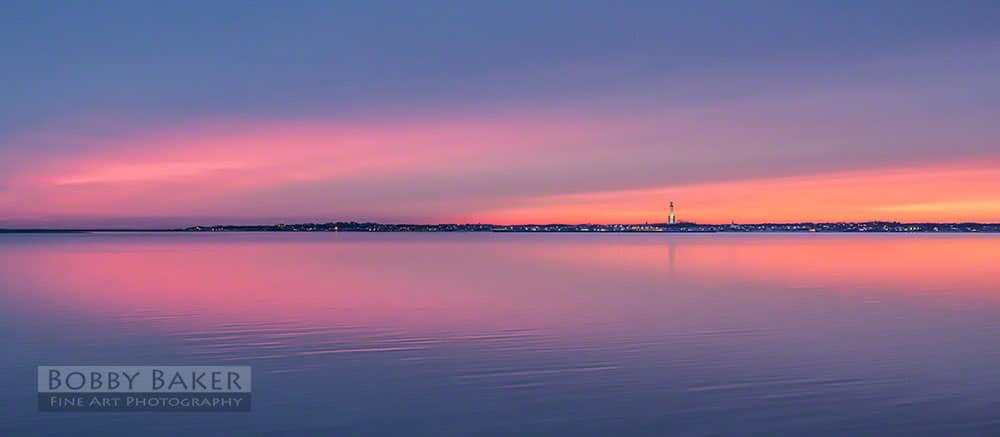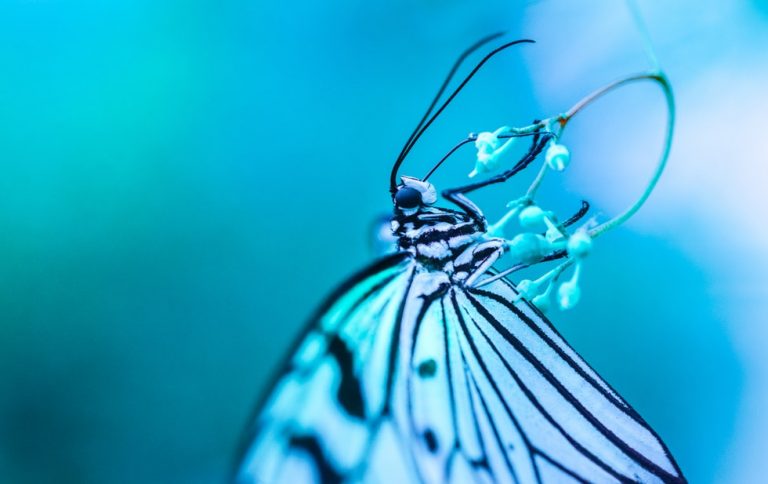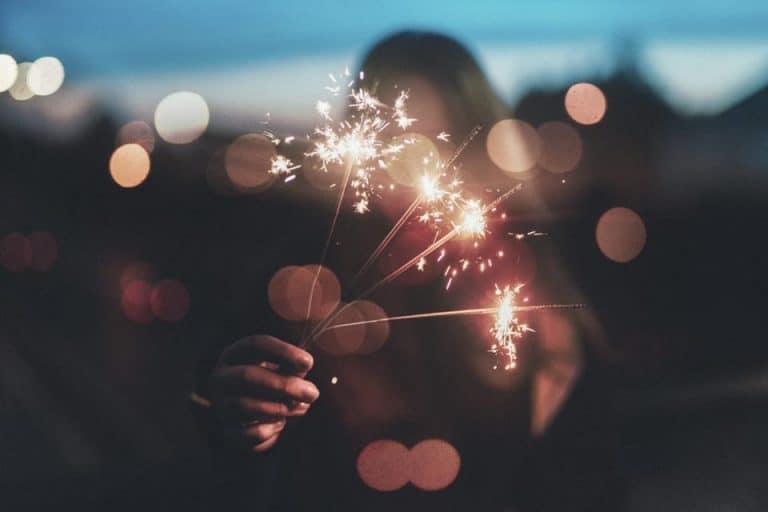Wondering how your favorite landscape photographer gets such stunning Instagram worthy autumn images? Read on for 9 pointers to enhance your autumn photos.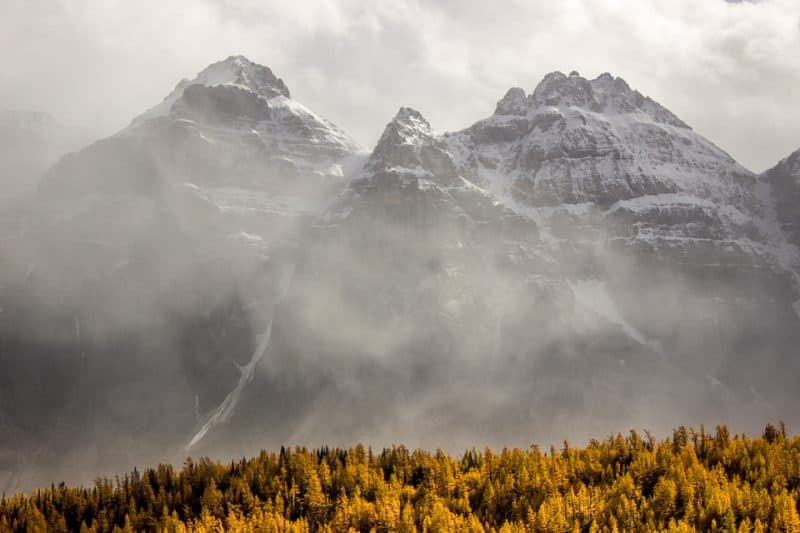
Autumn is probably the most eye-catching season of the year for photography. The bright-colored autumn leaves are irresistible and the weather is usually in your favor so you’re not suffering from the heat or cold.
Here are some photography tips to help you make the most of the fall season this year in case you’re struggling with autumn images.
Best Time of the Year for Autumn Photos
The right time to take autumn images is when the leaves have turned colors but the majority of the leaves have not fallen yet. This usually only leaves you with about a two-week window for the absolute top photos. The right time of year to capture these colorful autumn leaves or foliage will vary depending on how far north or south you are from the equator.
Anywhere between mid-September and early November is going to be the prime time to enjoy the fall colors in the northern hemisphere.
For those living in the southernmost states, late October to early November will be the right time to see autumn foliage or leaves, while those living in the northernmost states up to midway through the Canadian provinces can expect peak viewing times of late September to mid-October.
Best Locations to View Fall Foliage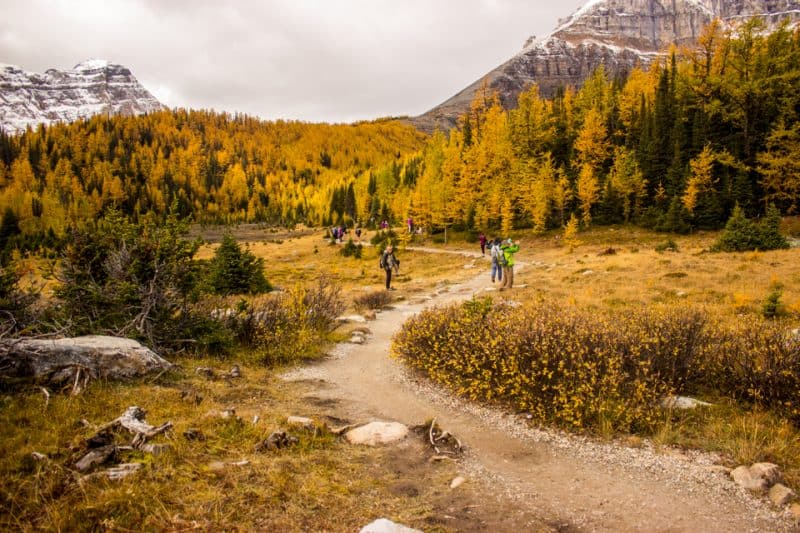
The wonderful thing about autumn is that it affects all deciduous trees. As long as you can find some deciduous trees, you will be able to take some autumn pictures. Local parks are great locations for pretty scenes, however you may want to venture a little farther from home into a state, provincial, or national park for the highest concentration of colorful leaves of autumn.
Best Time to Take Photos Outside
The right lighting one can hope for in outdoor autumn pictures (and any other type of photo) is golden hour. This light also tends to be warmer (more orange) which complements the colorful leaves of an autumn forest well.
You won’t have harsh shadows on the leaves during this time, which will help you clearly see all the parts of your autumn landscape and the leaves in your shots.
Want more photography tips for shooting during golden hour? Check out this article.
Leading Lines
Sometimes so much fall foliage has no beginning or end in sight, so adding a leading line into the autumn photo will help bring the eye’s focus exactly where you want it in your autumn pictures.
Leading lines can come in the form of streams, roads, pathways and even branches and can help bring some order to your autumn photo.
Learn more photography composition tips and how you can elevate your photos to the next level.
Focus on the Details
In addition to getting beautifully in focus autumn landscape shots, you can go for a clean look by focusing on the details within your autumn pictures. Get a close-up shot of a few individual leaves, or go even closer to capture the macro details of a single autumn leaf.
Using a large aperture will allow you to blur your background and put the viewer’s focus on a specific element of your scene. It’s a wonderful way to simplify your photo.
Changing your aperture isn’t the only way to get a blurry background, read more about that here.
Long Exposure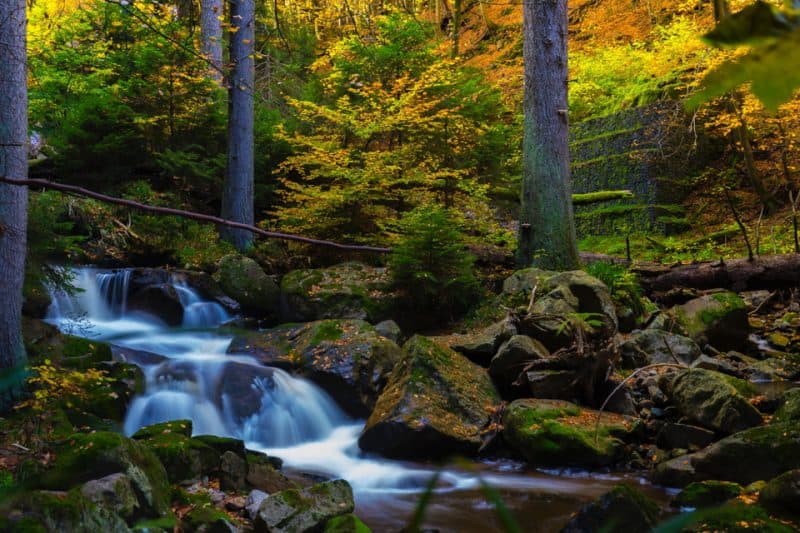
One of the most gorgeous types of landscape photography are long exposure pictures of moving subjects like waterfalls or streams of water.
Long exposure photos require you to work within your camera’s manual mode. It is impossible to tell you which exact settings to use on your camera during a long exposure, as the settings vary greatly based on the amount of available light, however the settings below are a great starting point during daylight for you to fine tune while out in your chosen landscape.
ISO: leave this as small as possible (ie 100). This will reduce your camera’s sensitivity to light which will help prevent your photo from being too bright or blown out. In low light situations a small ISO will help minimize grain in your photos.
Check here a more in depth explanation of ISO.
Aperture: When shooting long exposure images during the day, it is generally better to work with a small aperture. On your camera your aperture may also be called an F-Stop, and you should set your F-Stop number as high as possible (ie F22) in order to get a small aperture.
The reason we want a small aperture is because we want LESS light making it into the camera, so that we can have the camera shutter open for a longer period of time, which will allow you to get motion blur in your photos.
Confused about aperture? Read more here.
Shutter speed: This is where the number will vary greatly based on the amount of available light. A shutter speed of ½ to 1 second long might be a good starting point for your camera to be able to capture some movement in the scene without completely overexposing your scene.
You can make the shutter speed longer if your photo is not too overexposed to try to capture more motion in your photo. All cameras won’t be able to keep your shutter open for very long during the day without blowing out your photo so to fix this problem some photographers will invest in a neutral density filter.
Neutral Density (ND) Filter: Different ND filters will allow different amounts of light to pass through, so it is wise to consult an employee at a local camera store to help you determine which ND filter is better for your needs during this season.
I would like to stress that ND filters ARE NOT necessary to take most types of photos, they are only worth the investment if you can afford it and if you plan to use it quite often for taking daytime long exposure shots.
Thinking about attempting starry night shots? Check out this article for tips for long exposure shots at night.
Have fun with it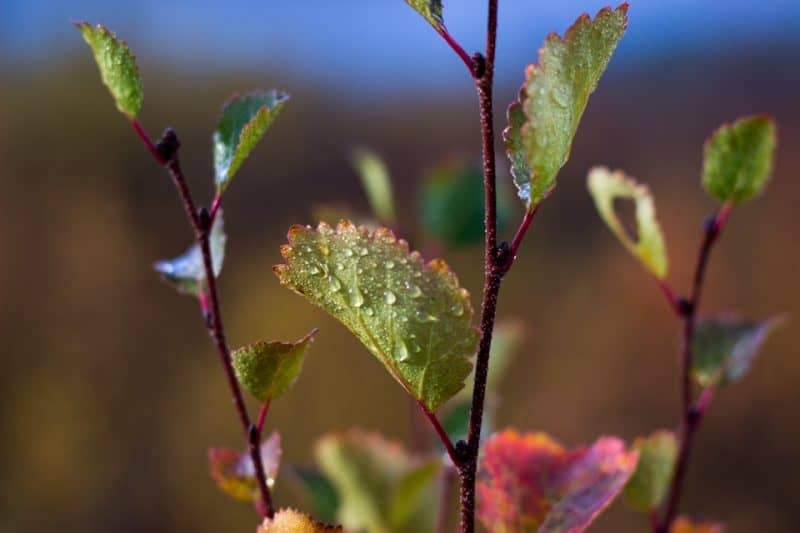
Remember to enjoy the lovely autumn weather and scenery while you’re out there! Play around with your settings and try new things in your photos during this season. Photography is an art form so follow your gut and get inspired!



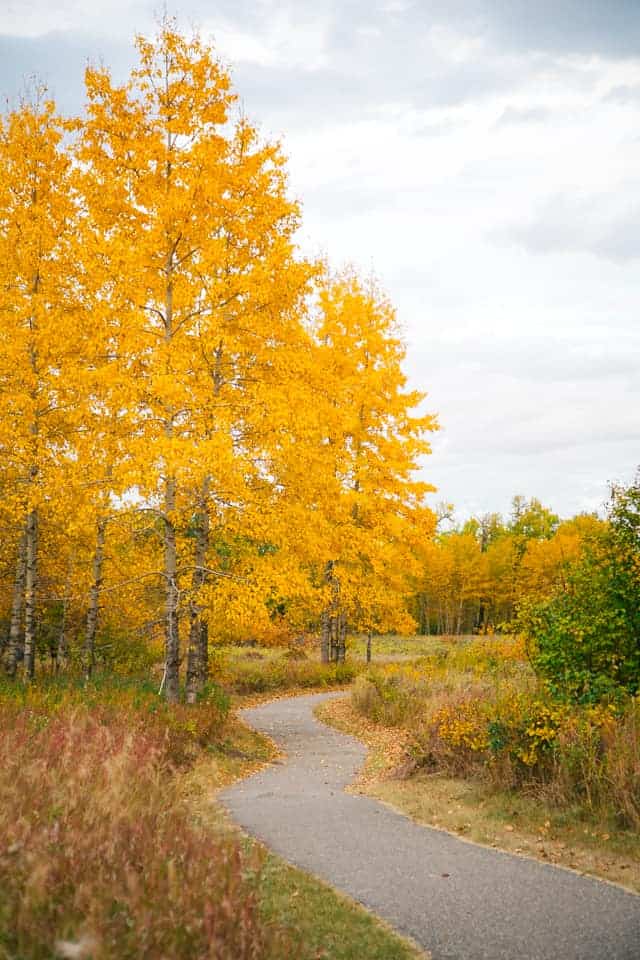
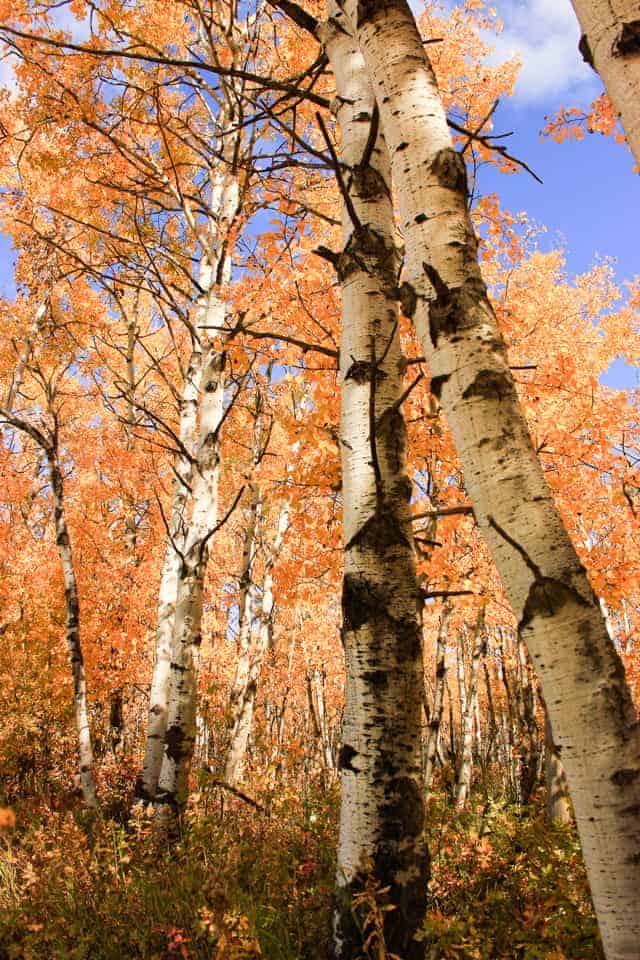
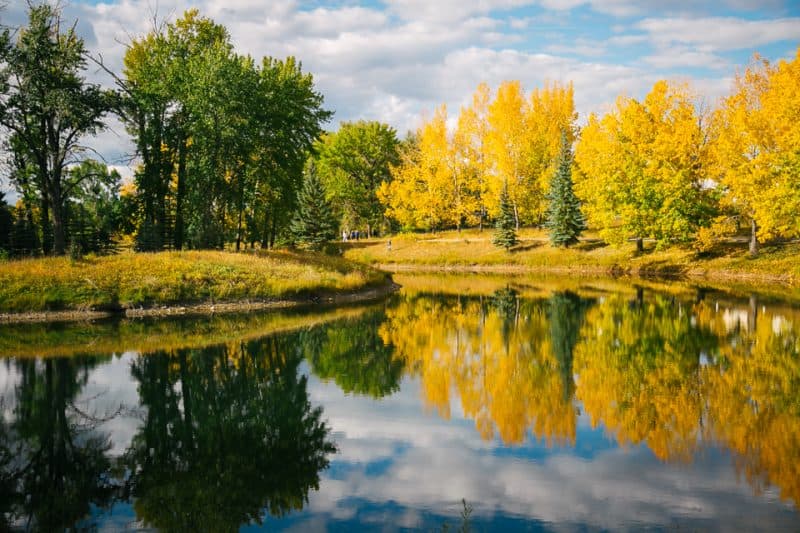

![Why Are My Photos Always Grainy + How to Fix [Updated 2023]](https://colesclassroom.com/wp-content/uploads/2014/12/why-are-my-photos-always-grainy-3-of-4.jpg)
